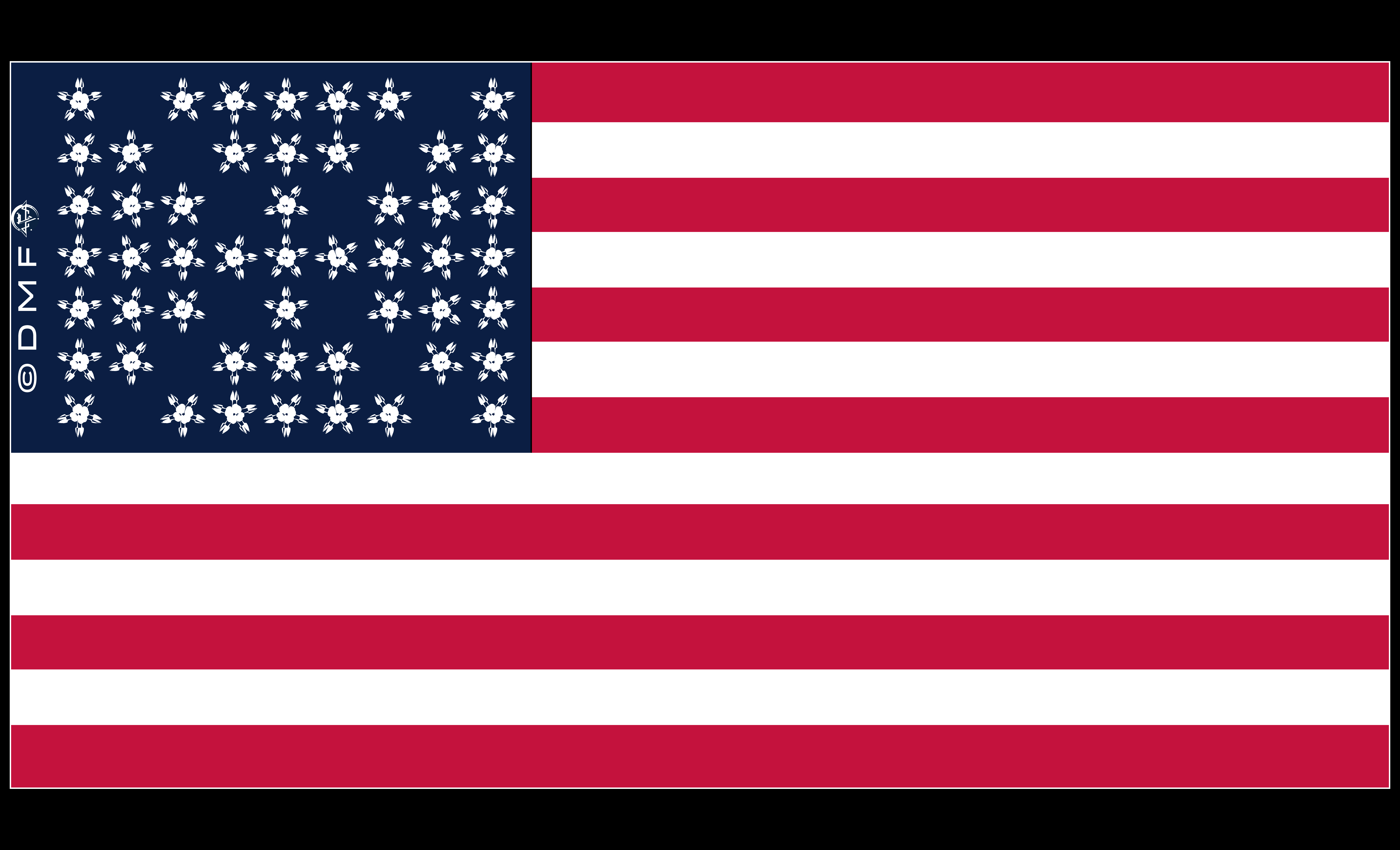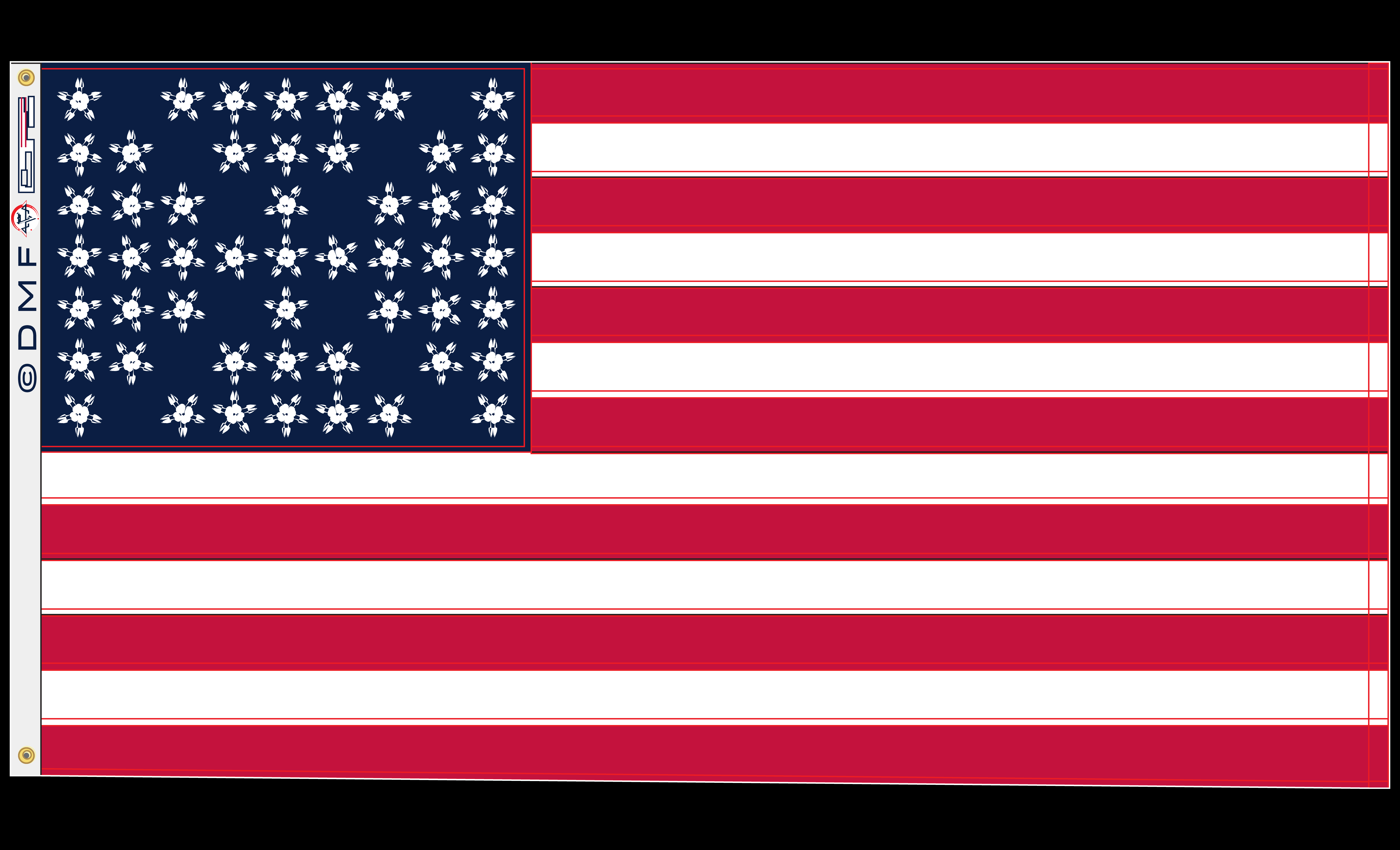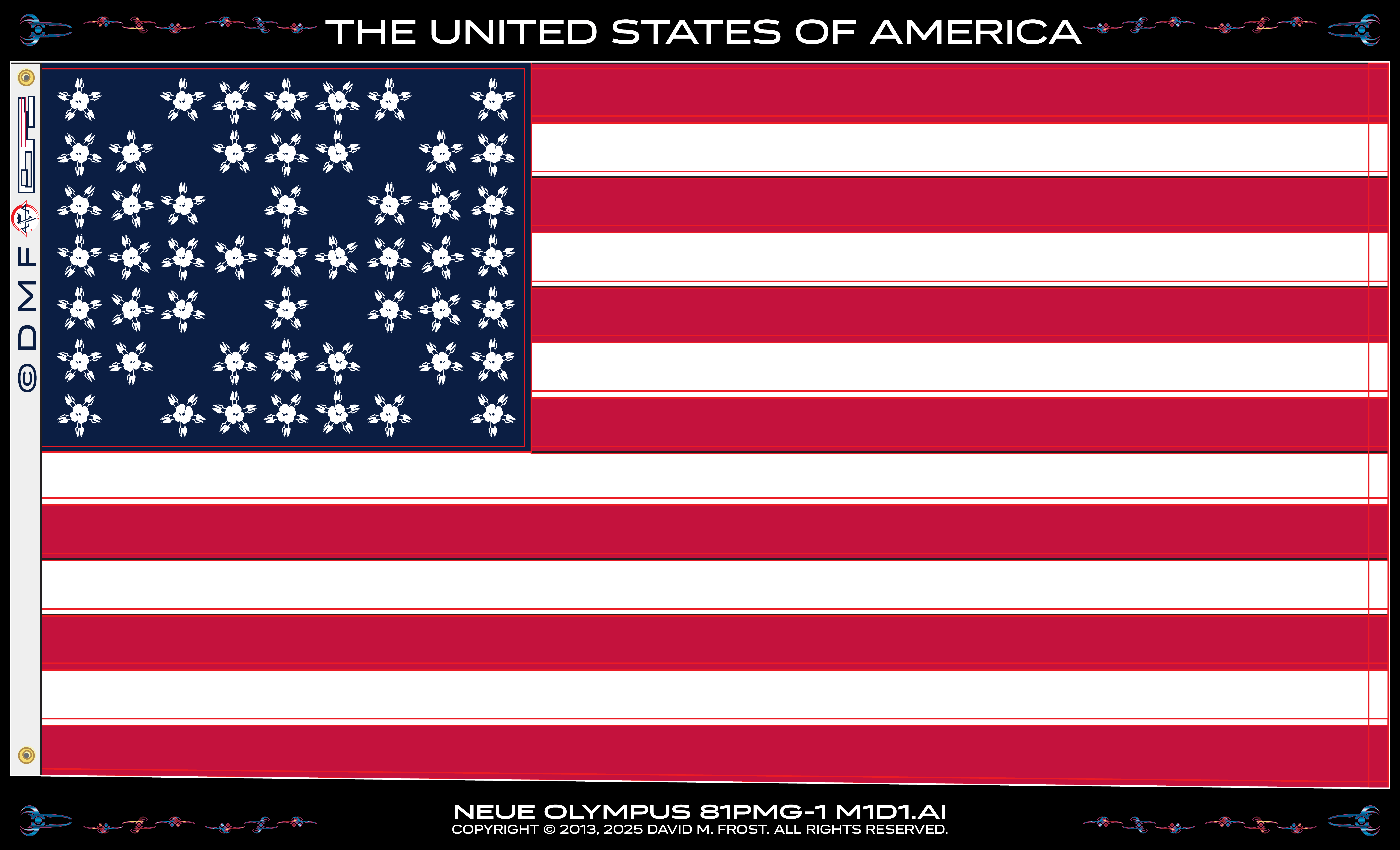HOME | DD
 rubberduck3y6 — UTC-06:00
rubberduck3y6 — UTC-06:00

Published: 2022-03-19 20:43:03 +0000 UTC; Views: 11365; Favourites: 59; Downloads: 15
Redirect to original
Description
UTC-06:00Regions transported: Canada (central Nunavut, most of Saskatchewan, Manitoba, part of Ontario), United States (most of North Dakota, eastern South Dakota, Minnesota, Wisconsin, part of Michigan, eastern Nebraska, Iowa, Illinois, part of Indiana, most of Kansas, Missouri, western Kentucky, Oklahoma, Arkansas, western Tennessee, most of Texas, Louisiana, Mississippi, Alabama, Florida panhandle), Mexico (exc. northwestern states and Quintana Roo), Belize, Costa Rica, El Salvador, Honduras, Nicaragua, Costa Rica, Ecuador (Galápagos Islands), Chile (Easter Island)
In a flash, Canada was no more, replaced by the sovereign states of Saskatchewan and Manitoba, the scattered communities of central Nunavut and northwestern Ontario, and vast areas of wilderness stretching from the Arctic to the Atlantic and Pacific Oceans. Embracing their independence, Saskatchewan and Manitoba looked to the new wilderness to the west and east respectively, and while Regina saw vast rolling plains just waiting to be turned over to profitable agri-business, Winnipeg was faced with desolate taiga reachable beyond the isolated communities of what had been Ontario's Kenora and Rainy River districts. Thus while Saskatchewanians grew rich from grain and energy, Manitobans faced the issues of not only how to provide for themselves, but also their eastern and northern neighbours. Trade deals were therefore struck with Saskatchewan and the United States, while internally a new Nunavut government was created at Rankin Inlet, later officially changed to its Inuktitut rendering of Kangiqliniq, with similar administrations set up covering Kenora and Rainy River. As Manitoban settlement proceeded along the the Great Lakes' northern shores new municipalities were carved out of the western unincorporated areas. Inuit settlement similarly spread across the Arctic, and the decision was made in Winnipeg and Kangiqliniq for Nunavut to go it alone as the third nation to emerge from what had been Canada.
Manitoba's eastward settlement of the northern Great Lakes region however eventually met an irritating American shaped roadblock as the way to the St Lawrence River was stopped by the newly admitted US state of Niagara. While the land was technically terra nullis, and therefore open to American settlement, many Manitobans viewed it as rightfully theirs thanks to being Canadian prior to the Event. No matter how annoyed Manitoba was with the situation though, they recognised that any attempt to take the area would be a suicide mission.
For the United States, the years immediately following the Event were marked with widespread civil unrest with protests against issues old and new thanks to the painful economic effects and many Americans' feeling that their politicians were far too busy trying to make their city the new federal capital and not enough time actually listening to their concerns. With this backdrop, several groups advocating either complete separation from the United States or greater local control over own affairs. Finally after years of federal deadlock, a series of measures were passed reviving the idea of a "western DC" near the confluence of the Mississippi and Ohio Rivers and the construction of a new federal capital city to be named New Washington. The country was also divided into a number of regions which would act as a level of government between state and federal level to facilitate more local decision making, successfully placating most secessionist demands, with the notable exception of Texas.
The violence that unfortunately accompanied many of the protests faced by the United States, while longer lasting, paled in intensity to the full scale war which followed Guatemala's invasion of Belize, mounted in the hope of taking advantage of the unexpected global situation to secure their claim the majority of the country. As the fighting between the invaders and the Belizean defenders intensified, many civilians fled north Mexico where they were housed in camps set up in the southern half of what had been Quintana Roo. Military aid was also supplied the Belize by the Mexicans and Americans, helping to completely stall Guatemala's advance and bring them to the negotiating table. Although not completely reflective of the facts, a feeling that their bigger, more powerful neighbours had unjustly intervened in Central American affairs, and that further acts of "Mexican-American aggression" could follow, grew amongst Guatemalans and other central Americans that greater regional defence co-operation was needed to counter this threat leading to the formation of the Centroamerican Defence Pact.
While predictions of a Mexican attack proved false, the CDP nevertheless provided a nucleus for the acceleration of Central American integration, transforming into the Centroamerican Federation. The settlement of the area around Lake Maracaibo brought an oil boom the Centroamerican economy, and further expansion came with the admission of Ecuador. Discussion of expansion further south to Chile, Rapa Nui or even Mangareva crops up occasionally, however the south Pacific nations seem happy on their own and in any case, there is still ample unsettled land in the Caribbean and northern Andes much closer to home.
Related content
Comments: 6

👍: 0 ⏩: 1

👍: 1 ⏩: 1

👍: 0 ⏩: 1

👍: 0 ⏩: 1

👍: 0 ⏩: 1

👍: 0 ⏩: 0

























